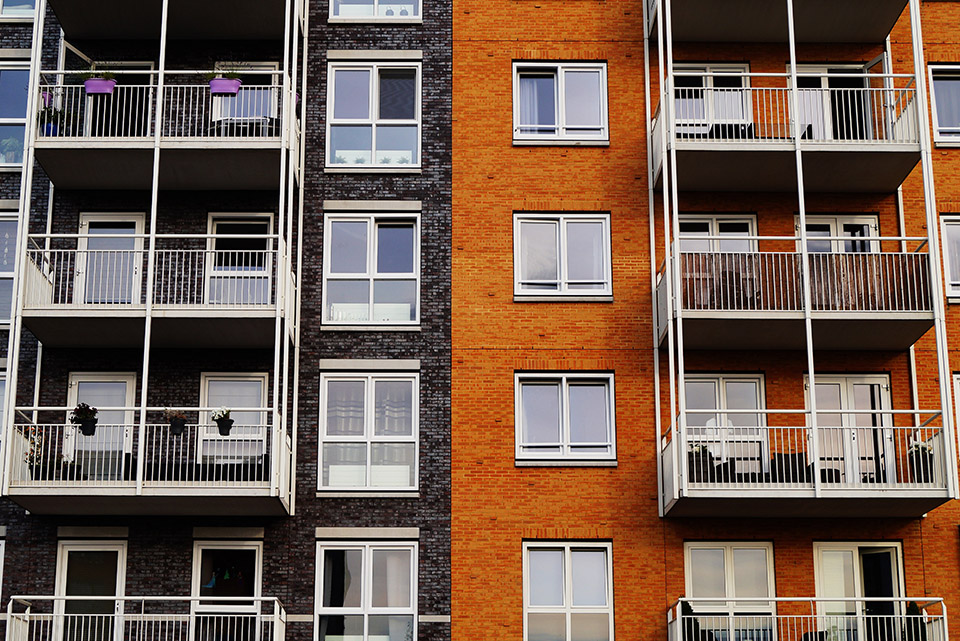When it comes to building improvement projects, your HOA doesn’t only need to know what maintenance jobs should be done down the line, but also when they need to be done. Knowing how to prioritize maintenance jobs will not only ensure that issues are always dealt with promptly and professionally, but will keep residents happy and save the HOA money in the long run.
Did you know that fixing an issue in a building almost always costs more than preventing it from happening in the first place? This is the key thing to keep in mind when it comes to building improvement projects. Properly prioritizing your maintenance projects can ensure that everything stays in good working condition and reduces the risk of emergencies happening in your building. While deciding what projects will need a bit more focus is easy to determine just by walking the property, prioritizing them can be a bit more tricky in some cases.
How To Prioritize Maintenance Issues
Emergency Maintenance Issues
Emergency maintenance issues always need to be dealt with immediately. A catchphrase to keep in mind is safety comes first. If you remember this, emergency issues will be easy to identify. Anything that threatens the safety, general habitability, and long-term investment of the property, such as a burst pipe, a gas leak, or a power outage is an emergency. Natural disasters, fire, key asset breakdowns, and major security problems immediately go to the top of your maintenance list, no matter how long that list is. It’s a good rule of thumb to have a preferred vendor list at the ready for such occasions.
High-Priority Maintenance Issues
High priority maintenance issues are problems that do not mean immediate threat to the safety of residents and the property, but if ignored, could pose a high financial risk. To help you prioritize, when issues appear and they’re not an emergency, always consider what can cause a bigger problem if it’s undealt with. Anything from a leaking roof or pipes to a pest infestation, or to underperforming high-use equipment is a high-priority issue that needs to be dealt with urgently.
Medium-Priority Maintenance Issues
Medium-priority tasks will affect operations eventually and need to be performed to maintain optimum production. These are mostly preventative measures that ensure the property always stays in top shape. Examples include changing filters, landscape clean-ups, and time-sensitive maintenance like slip prevention in the fall and winter. By regularly doing medium-priority maintenance, a lot of high-priority issues can be prevented. As an example, regularly cleaning gutters, inspecting and repairing minor roof damage, and routinely checking washing machine hoses for wear can prevent potential water damage.
Low-Priority Maintenance Issues
Just like emergencies, low-priority maintenance issues are also relatively easy to spot. Instead of must-haves, these are nice-to-haves. The requests that fall into this category don’t pose a safety risk, don’t damage the property over time, and don’t prevent residents from utilizing the common areas as needed, but make the building generally nicer and more comfortable. These are usually minor maintenance tasks that need to be taken care of from time-to-time. Cosmetic changes such as wall repairs and painting, non-critical repairs of appliances, furniture installation or replacement fall into this category.
When it comes to prioritizing maintenance tasks, the trick is to prevent issues from moving up on the list and not letting low-priority maintenance issues become high-priority or even emergencies. While it can be tempting and a more visible proof of your work to give the building’s walls a new coat of paint, it’s better to be proactive about projects that could result in unit damages. Professional property management companies usually plan your building’s repair issues years in advance, and have access to a vast pool of trustworthy tradesmen, so they can be your best ally in tackling maintenance issues.
If you have any questions about property management, get in touch with us and we’ll be happy to help. If you’re ready to work with us, request a proposal today.



